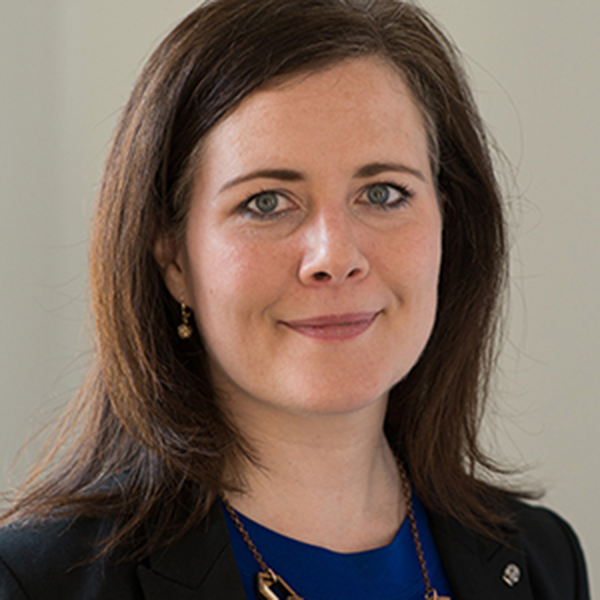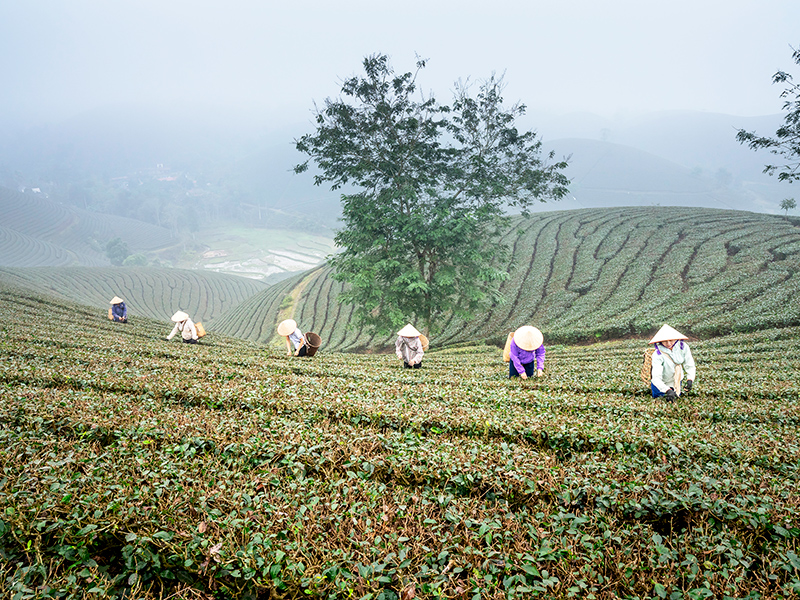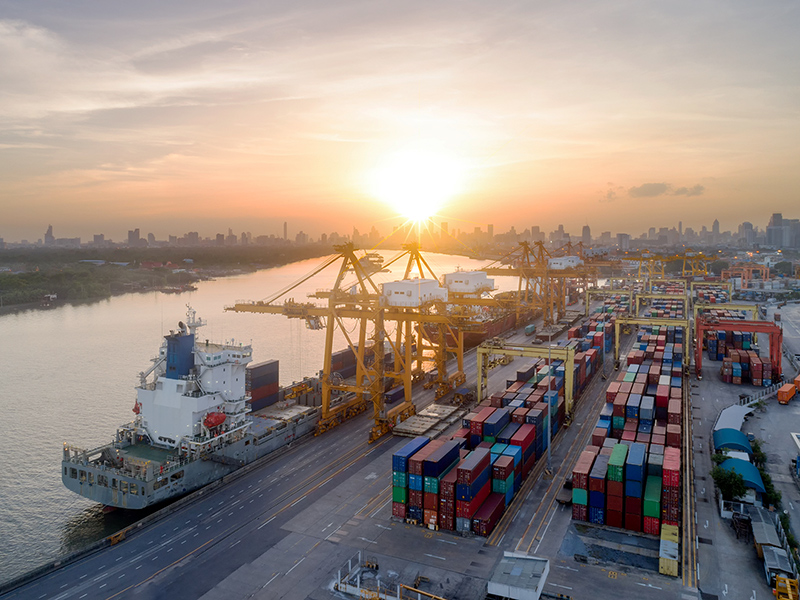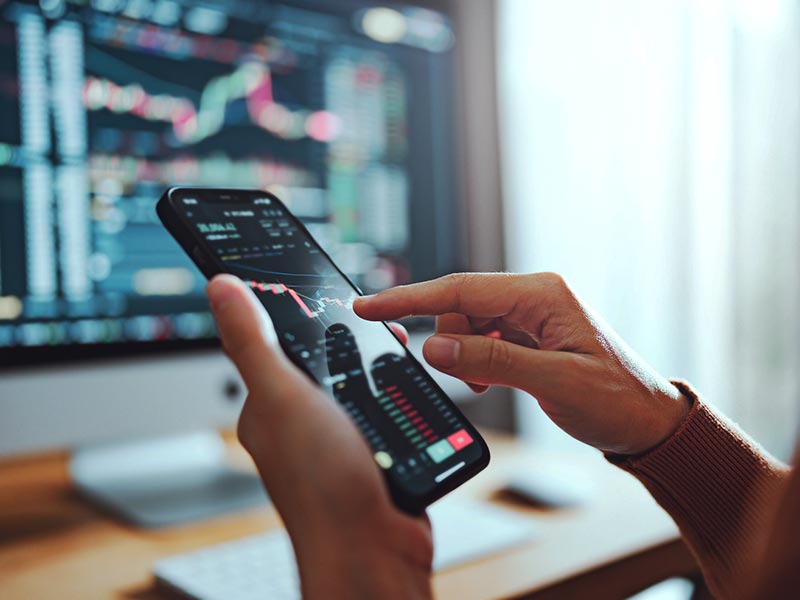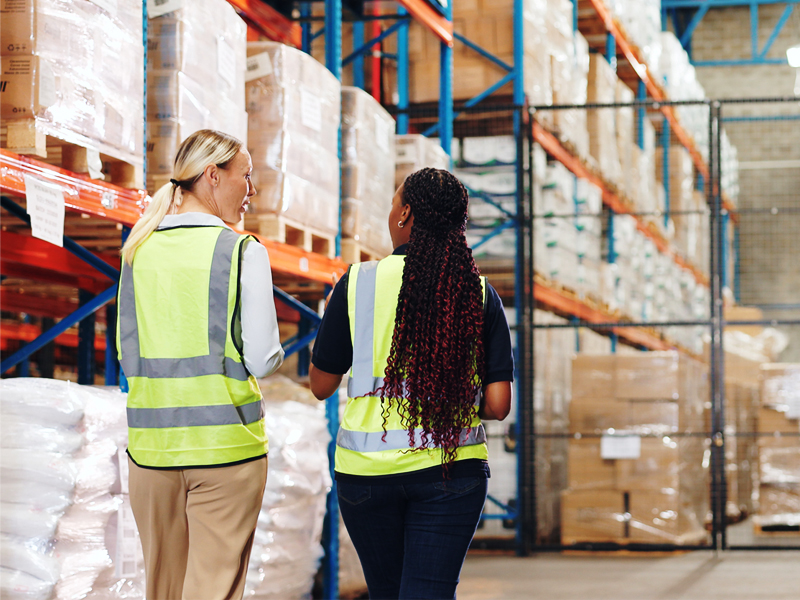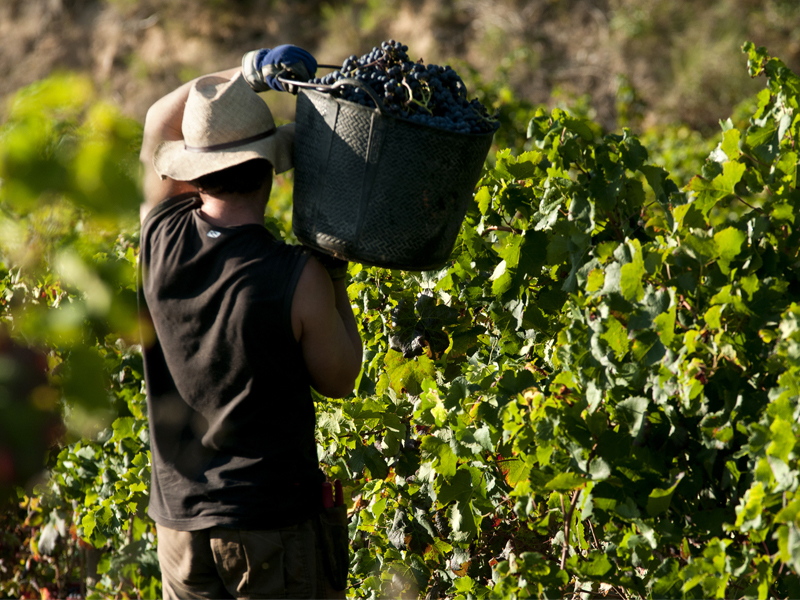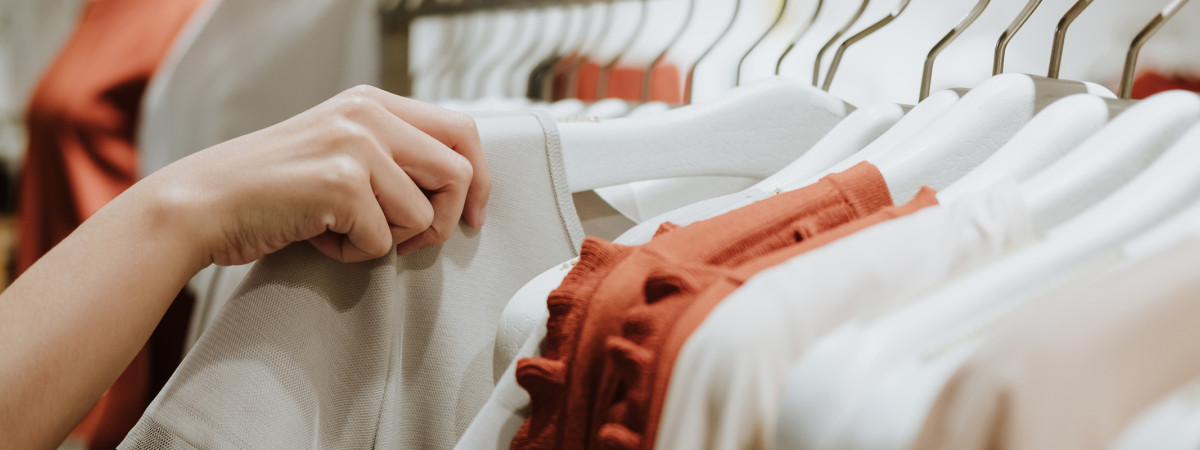
iStockphoto / Natee Meepian
Circular economy is on-trend in the fashion industry right now. The Global Fashion Agenda’s 2019 CEO Agenda says that creating a circular fashion sector must be a strategic priority for the industry.
Estimated at US$20 billion today, the global fashion resale market has the potential to outsize Fast Fashion in just 10 years, whilst double-digit growth is predicted for online clothing rental for the next five years. In the marketplace, disruptors and big brands alike are vying to appeal to consumers increasingly willing to try ‘pre-loved’ and rented clothing for size. Eileen Fischer, for example, has generated impressive traction with its take-back and repair lines. Fashion giants such as Express and New York & Co. are trialing subscription rental models.
Such experiments explicitly target environmental concerns, such as waste and pollution. But as an industry that serves billions of consumers worldwide and employs an estimated 60-70 million people in its value chain, people are too often missing from the conversation. What are the impacts of such business model innovations on people? And how can these be designed to be inclusive and fair from the outset?
BSR is working with the C&A Foundation to explore the ways in which advancing circular fashion affects people and in particular, women. Our research reveals that very few companies adopting circular fashion models are considering the social aspects as they make this shift.
While some companies are interested in social issues, the focus has largely been on the environmental side where progress is usually easier to quantify and measure. Companies and enabling organizations alike are unsure of how to integrate and address social, let alone gender considerations, as they experiment with these new models, their potential impacts, and how to take them to scale.
Potential impacts of circular fashion at scale
In today’s linear fashion model, most fashion items are produced in developing and middle-income countries and are transported for consumption elsewhere. The significant economic and social impacts of a future where circular fashion has taken off at scale must be considered. In the current system, vulnerable populations often disproportionally suffer the negative impacts and without a deliberate design for inclusion, it’s easy to imagine that these new circular models may replicate the same inequalities.
- A growth in clothing reuse (e.g. rental, resale, remanufacturing) could spawn much local economic activity in consumption markets [CC7] and present new job opportunities and types of roles. On the other hand, more traditional roles, such as in-store retail, will likely decline.
- Skills profiles will change, with an overall need for increased technical skills, possibly leaving behind women, who are traditionally underrepresented in the STEM sector.
- Circular models could open opportunities for traditionally underrepresented groups as new roles and flexible working models emerge. However, this also could give rise to growing concerns over the erosion of labor protections and the quality and reliability of “gig-economy” type jobs.
- In production countries, circular models could improve public health and local environmental conditions, which are often associated with declining production and the use of more sustainable processes and materials.
- However, obvious negative impacts on workers’ incomes and job opportunities may arise if this transition is not adequately anticipated and managed by governments and other economic actors. Women workers, who make up most of the garment supply chain workforce, are likely to disproportionately suffer from production declines and from the effects of automation.
- From a consumer standpoint, new tech-enabled circular models will present new privacy concerns. Further, there is the risk that some models will perpetuate existing gendered pressures on women and continue to incentivize “fast-fashion” consumerist behavior.
A need for deliberate action
Despite these uncertainties, one thing is clear: Improvements in working conditions, in the distribution of wealth and power, and in creating better opportunities for women and minorities will not be realized without thoughtful, deliberate actions. Ensuring that the shift to circular fashion truly enables a just transition for vulnerable populations will require confronting some demanding challenges.
- Circular fashion has great potential to enable sustainable business models but how do we encourage an intentional focus on inclusion and fairer distribution as a core part of this emerging business model? How can we use incentives to do so?
- How can we build circular fashion models that enable local communities and entrepreneurs to flourish? Could some circular models concentrate power in one part of the supply chain or, conversely, have a positive impact in terms of how wealth and power distributed?
- How do we ensure women's needs are informing the design of circular products and services? How do we leverage the role of circular fashion design in influencing positive gender norms?
To tackle these questions—and to support the transition to an inclusive and fair circular apparel industry—C&A Foundation has issued a request for proposals for initiatives to understand how to enable positive outcomes for workers, employees, entrepreneurs, customers, and the broader society. The RFP intends to establish evidence on how new circular business models operate and can, by design, drive better outcomes for people. The deadline for concept notes is 30th July 2019, with full RFP details available here.
Circular economy presents a massive opportunity for a resource-smart future, but much like the linear economy, without an inclusive and fair approach, it will fail to deliver society-wide benefits. BSR is committed to partnering with companies and stakeholders to realize circular economy models that work for people. We encourage all companies to evaluate the impacts of existing business approaches, and to design circular models which are socially inclusive and deliver fair and equitable outcomes for people.
Topics
Let’s talk about how BSR can help you to transform your business and achieve your sustainability goals.
